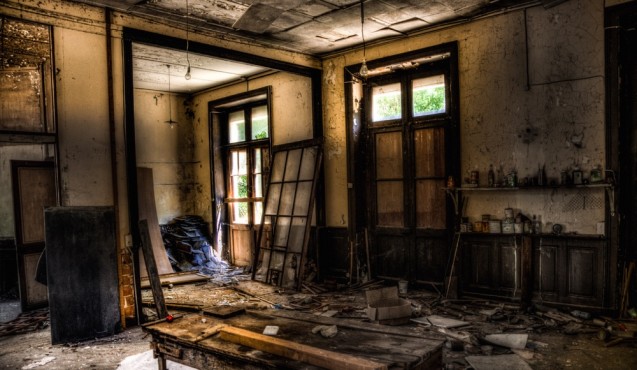Losing Talent Faster Than You Can Replace It? You Need to Build Better Teams

Take an honest look at your team and ask whether your retention rates, productivity, and/or engagement levels are below accepted norms. If they are, then there is a real chance that your team environment is both stifling and repelling, causing talent to run far, far away from you.
If that’s the case, you need to take a step back from your hiring woes and focus for a moment on building a sustainable team — which will have the positive effect of liberating you from the war for talent, to some extent.
Here are some thoughts on how to build a sustainable team:
Get the Balance of Personalities Right
Research shows that teams with a poor balance of personalities tend not to perform very well. Unfortunately, there is no gold standard for how to set up a properly balanced team. The “right mix” of personalities will depend on a lot of variables.
That being said, one of the more notable models of team balance worth considering is the “Belbin Team Role” model, which lists the nine team roles you need in order to create an effective, long-term team.
The wrong balance of team members can be disastrous. For example, too many “creative types” and not enough “doers” may lead to too many ideas and not enough finished products. Similarly, a lack of creatives can lead to dull, unappealing products and an uninspired work environment.
Unbalanced teams can lead to ineffective and unattractive work environments that repel talent, so it is imperative that you get the balance right when building any team.
Make Every Team Member a ‘Favorite’
Leaders expect more of their “favorites,” and as a result, they challenge, praise, and reward their favorites more. Funnily enough, these higher expectations can drive higher levels of performance and productivity among employees who are lucky enough to be “favorites.”

No manager wants to admit to having favorites, but it is a natural behavior. So, what to do about that? Treat everyone like a favorite. Have the same challenging, high expectations for every member of the team. If you do that, you’ll help each and every employee reach their full potential.
Create an Environment of Healthy, Open Communication
According to the Harvard Business Review, higher-performing teams tend to communicate in similar ways. Namely:
– Everyone on the team talks and listens in equal measure
– Team members tend to face one another when communicating
– Team members tend to “go exploring outside the team,” and they share what they’ve discovered with other members
As a team leader, you can help facilitate such an environment in a few ways. First, make an effort to prevent noisy “alphas” from dominating meetings. Encourage open communication, and make it easier for quieter members of the team to contribute.
Make Your Team Feel Special
Does your team have a distinct vision and identity that sets it apart from the rest? If not, you may be missing out on a key motivator.
Create a compelling vision, set of goals, and identity for your team. Show each member how they can contribute to this vision. This is a great way to build pride, team spirit, and focus within the team’s ranks.
–
It will take more than one article to fix a broken team, but each of these four tips can help you build a more sustainable workplace environment, reducing your dependency on the unforgiving external talent market.

